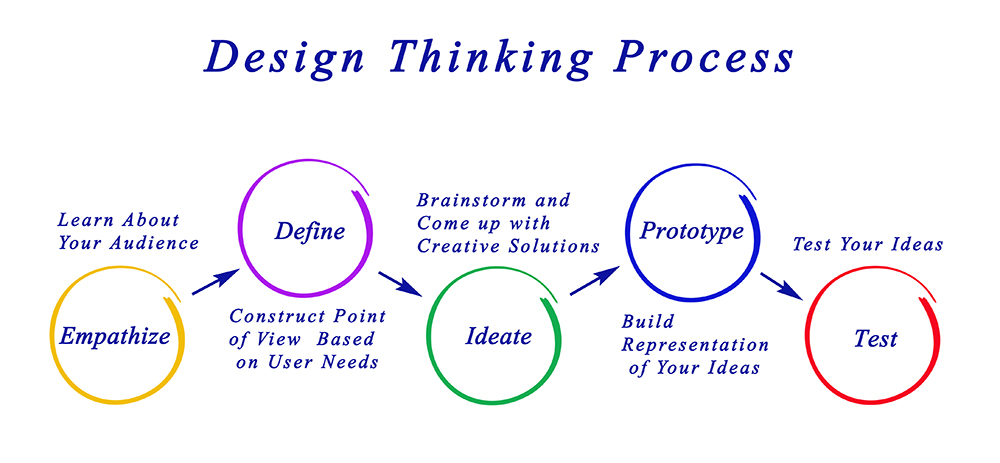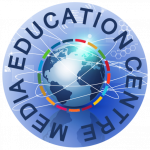Thinking Design, Learning Design, Leadership Design!
Design Led Companies: Apple, Coca-Cola, IBM, Nike… have outperformed Stock Market Index in ten years OVER 200%… Maybe this is the reason why McKinsey, Deloitte, IBM, Facebook, Capital One… have recently bought Design Firms!
DIMMER, also called dimmer switch is a rheostat or similar device by which the intensity of an electric light may be varied. Design DIMMER Learning is New Methodology of Education for 21st Century with “device” ready to “switch” intensity of education related to the participants in the Training and Workshops: from high school, college and university to managers in CSO’s, public institutions, senior management, strategic marketers, innovation directors, product managers, engineers, designers, researchers, consultants, and learning professionals interested in Human-Centered Design.
 The world is facing an urgent learning crisis. Experts predict that, by 2030, 825 million children in low- and middle-income countries—half of today’s youth generation—will reach adulthood without the skills they need to thrive in work and life. More worrisome still, it will take approximately 100 years for the most marginalized youth to achieve the learning levels that the wealthiest enjoy today. Confronted with these pervasive and persistent inequalities, we must make room for bold new approaches that have the potential to deliver quality learning for all children and youth, not in a century, but today.
The world is facing an urgent learning crisis. Experts predict that, by 2030, 825 million children in low- and middle-income countries—half of today’s youth generation—will reach adulthood without the skills they need to thrive in work and life. More worrisome still, it will take approximately 100 years for the most marginalized youth to achieve the learning levels that the wealthiest enjoy today. Confronted with these pervasive and persistent inequalities, we must make room for bold new approaches that have the potential to deliver quality learning for all children and youth, not in a century, but today.
Concept DIMMER
Digital+Information+Media Models for Educational Revolution
We seek to simplify the world by dividing it into categories: science and art, humans and technology, them and us, global and citizens… But the space between these divisions is often the most dynamic. Digital + Media + Information is one of the biggest “in-between” spaces. In the DIMMER we’re not supposed to fit precisely between the disciplinary lines! We’re encouraged to eliminate them.
The process of Learning Design refers to the activity of designing units of learning, learning activities or/and learning environment. Learning Designs have pedagogically informed learning activities which make effective use of appropriate tools and resources.
The basic idea of Educational Modeling Language and Learning Design is in essence simple. It represents a vocabulary which users of any pedagogical approach understand, and into which existing designs can be translated. The core of LD can be summarised as the view that, when learning, people in specific groups and roles engage in activities using an environment with appropriate resources and services. The field of Learning Design seeks to describe the “process” of education – the sequences of activities facilitated by an educator that is often at the heart of small group teaching.
“Design thinking taps into capacities we all have but that are overlooked by more conventional problem-solving practices. It is not only human-centered; it is deeply human in and of itself. Design thinking relies on our ability to be intuitive, to recognize patterns, to construct ideas that have emotional meaning as well as functionality, to express ourselves in media other than words or symbols. Nobody wants to run a business based on feeling, intuition, and inspiration, but an overreliance on the rational and the analytical can be just as dangerous. The integrated approach at the core of the design process suggests a ‘third way.’ “. Tim Brown, Change by Design

Our Design DIMMER Movement seeks to motivate the global community of education innovators, funders, policymakers, and practitioners to explore the promise of leapfrogging in education—rapidly accelerating educational progress to ensure that all young people develop the skills they need to thrive in a fast-changing world. Through a series of conversations bridging educational research and practice, participants will contribute to the global innovations community and leave with actionable insights into how they might orient their work toward a leapfrog vision of education and ultimately help our children and youth build the skills they need to constructively address the problems of tomorrow.



